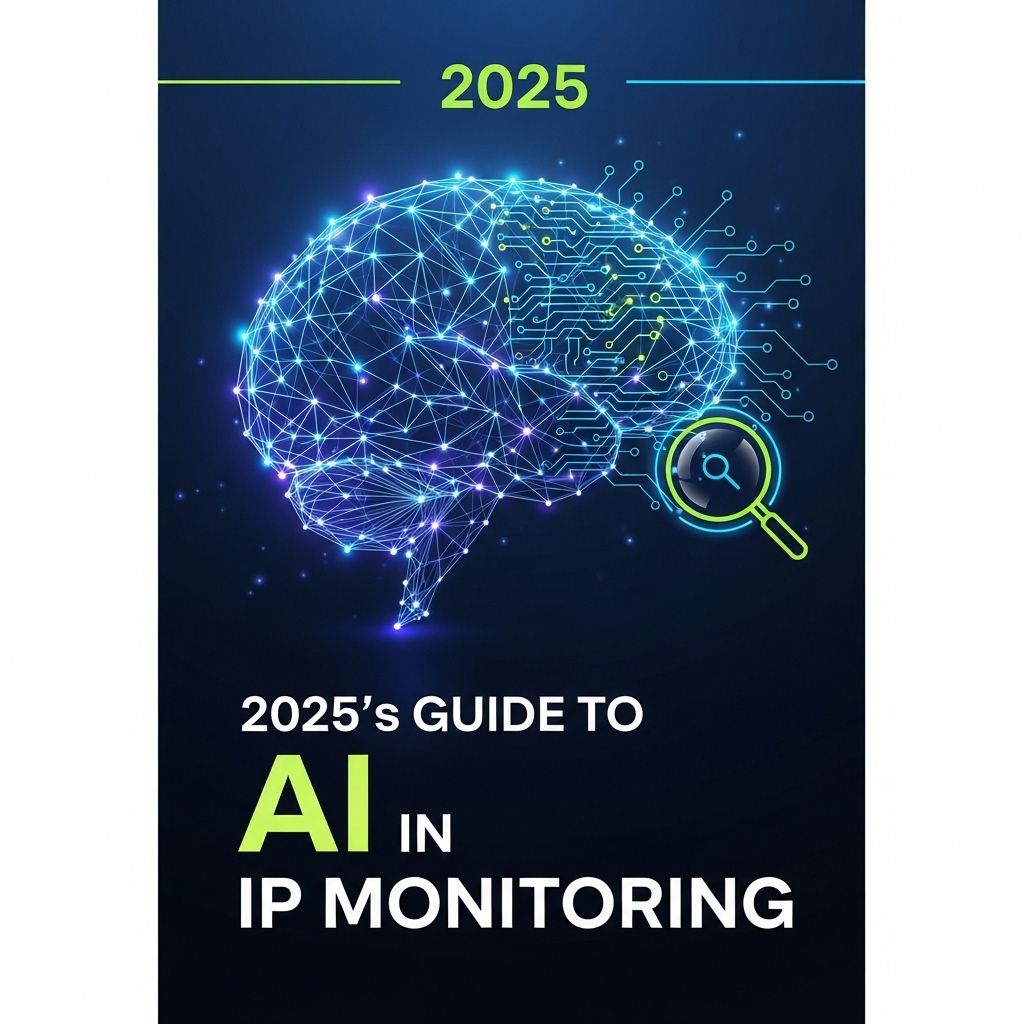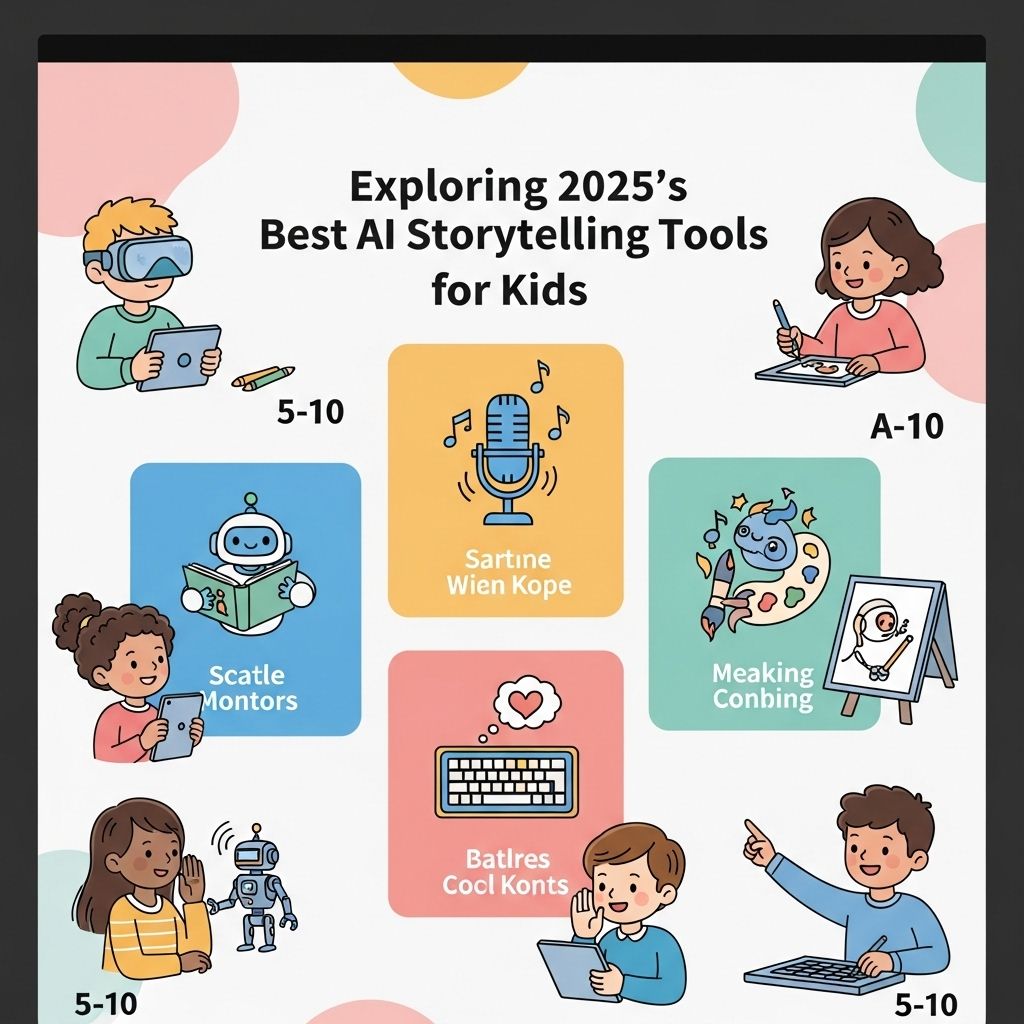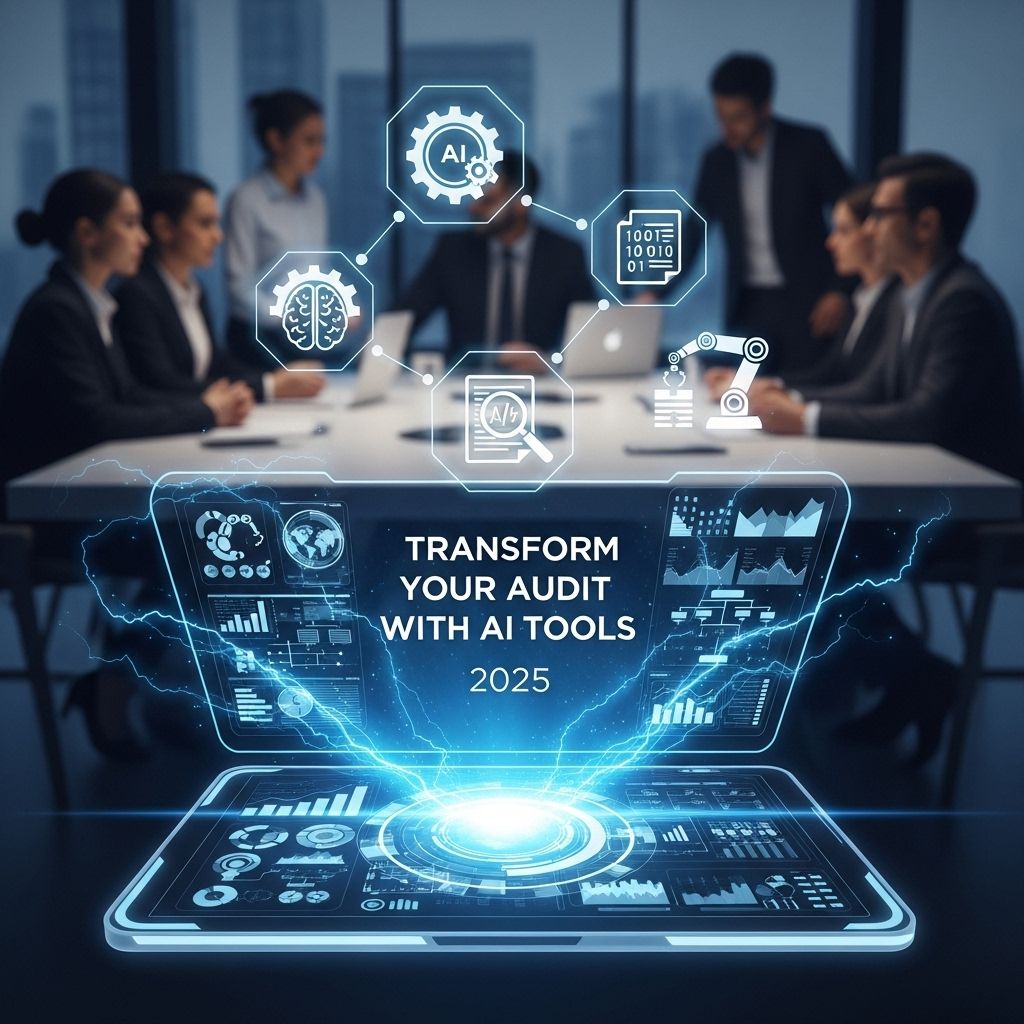Unlock Efficiency: Modernizing Legacy Applications for Success
Discover how to modernize legacy applications to unlock efficiency and boost organizational success in the digital age.

In today’s fast-paced digital landscape, businesses are increasingly reliant on technology to enhance productivity and maintain competitive advantage. However, many organizations still rely on legacy applications that can stifle innovation and adaptability. Modernizing these outdated systems is crucial for unlocking greater efficiency and driving business success. This article explores the significance of modernizing legacy applications, the methodologies involved, and the benefits that come with such an endeavor.
Table of Contents
The Importance of Modernizing Legacy Applications
Legacy applications, often built on outdated technologies, may have served their purpose in the past, but they pose significant challenges in the modern age. Here are some key reasons why modernization is essential:
- Integration with New Technologies: Legacy systems often struggle to integrate with newer applications and cloud services, leading to data silos and inefficiencies.
- Cost of Maintenance: The costs associated with maintaining outdated software and hardware are frequently higher than the costs of modern alternatives.
- Security Vulnerabilities: Older systems may not receive regular updates, making them susceptible to cyber threats.
- Employee Productivity: Slow and inefficient systems can hinder employee productivity, leading to frustration and lower morale.
Assessing Your Legacy Applications
The first step in the modernization journey is to assess the current state of your legacy applications. This involves:
Analyzing Current Usage
Understand how each application is used within your organization. Gather feedback from users to identify pain points and bottlenecks.
Evaluating Technology Stack
Review the underlying technology stack of the legacy applications. Determine whether the technologies used are still viable and supported.
Identifying Integration Points
Identify existing integrations with other systems. This will help in planning the migration to modern platforms.
Documenting Business Processes
Map out the business processes that rely on the legacy applications. This can help in redesigning workflows for improved efficiency.
Common Modernization Strategies
Once the assessment is complete, organizations can choose from various modernization strategies based on their needs:
1. Rehosting
This strategy involves moving applications to a cloud environment without changing the application code. It is often referred to as “lift-and-shift” and is suitable for quick wins.
2. Refactoring
Refactoring involves making changes to the application code to improve performance or scalability while still keeping the core functionality intact. This may include optimizing databases or rewriting sections of code.
3. Replatforming
This strategy includes some refactoring but primarily focuses on moving to a modern platform, such as using containerization or microservices architecture.
4. Replacing
In some cases, it might be less costly or more efficient to replace the legacy application with a modern solution. This could involve adopting SaaS (Software as a Service) platforms.
5. Retiring
Some applications may no longer serve a purpose and can be safely retired. This reduces overall complexity and maintenance costs.
Benefits of Modernization
Modernizing legacy applications offers numerous benefits, including:
- Increased Agility: Organizations can respond to market changes more rapidly with modern applications that are designed for flexibility.
- Enhanced User Experience: Modern applications often come equipped with intuitive user interfaces and better performance.
- Improved Security: By modernization, organizations can leverage advanced security features and protocols to protect sensitive data.
- Cost Savings: Modern solutions often result in lower maintenance costs and improved operational efficiencies.
Challenges of Modernizing Legacy Applications
Despite the clear advantages, modernization is not without its challenges. Organizations must be prepared to address the following:
Data Migration Issues
Moving data from legacy systems to modern platforms can pose significant risks, including data loss or corruption. A strategic approach is required to ensure data integrity.
Change Management
Employees may resist changes to familiar systems. Effective change management strategies are necessary to facilitate smooth transitions.
Skill Gaps
There may be skill gaps within the organization to support modern technologies. Training and upskilling employees may be necessary to bridge these gaps.
Best Practices for Successful Modernization
To ensure a successful modernization initiative, consider the following best practices:
- Start Small: Begin with a pilot project that allows for testing and feedback. This mitigates risk and creates a roadmap for future efforts.
- Involve Stakeholders: Engage users and stakeholders throughout the process to gather insights and foster buy-in.
- Adopt Agile Methodologies: Agile methodologies promote iterative development and flexibility, which can lead to better outcomes.
- Monitor and Optimize: Continuous monitoring and optimization of the new applications ensure they meet evolving business needs.
Case Studies: Successful Modernization
Several organizations have successfully modernized their legacy applications, resulting in enhanced efficiency:
Case Study 1: Banking Sector
A leading bank recognized that its legacy core banking system was hampering its ability to innovate. By moving to a cloud-based platform, they not only reduced operational costs but also improved customer service through faster transaction processing.
Case Study 2: Retail Industry
A retail company struggled with its inventory management system, leading to stock discrepancies. After modernizing to a real-time inventory management solution, the company saw a 20% reduction in stock losses and improved fulfillment times.
Conclusion
Modernizing legacy applications is no longer an option but a necessity for organizations looking to thrive in the digital era. By understanding the importance of modernization, assessing current applications, and implementing effective strategies, businesses can unlock new levels of efficiency and innovation. Embracing this journey not only addresses current technological challenges but also sets the stage for a future-ready organization.
FAQ
What are legacy applications?
Legacy applications are outdated software systems that are still in use, often built on older technologies, which may hinder business efficiency and innovation.
Why is modernizing legacy applications important?
Modernizing legacy applications is crucial for improving operational efficiency, enhancing user experience, reducing maintenance costs, and enabling integration with newer technologies.
What are the benefits of modernizing legacy systems?
The benefits include increased agility, better scalability, improved security, lower total cost of ownership, and the ability to leverage new functionalities and technologies.
What strategies can be used for modernizing legacy applications?
Common strategies include re-platforming, rewriting, refactoring, and re-architecting applications to align with current business needs and technological advancements.
How can I assess if my legacy application needs modernization?
Evaluate the application’s performance, user experience, integration capabilities, and how well it meets current business requirements to determine if modernization is necessary.
What challenges may arise during the modernization process?
Challenges can include data migration complexities, potential downtime, resistance to change from staff, and ensuring compatibility with existing systems.







